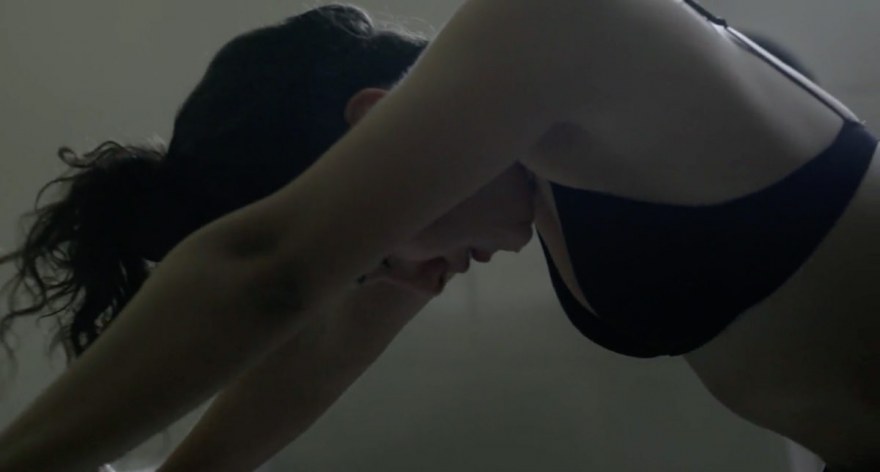Night cap with Ombligo de Agua
An interview with Laura Baumeister de Montis, director of Ombligo de Agua
Can you explain the choice of title?
Our main character dreams of tomatoes, that she grows them and makes a living from them. In the story this dream represents the desire for a more simple and basic life in opposition to the life full of expectations and competition which she lives in. “Tomato” is a word of Nahuatl origin and means water navel (ombligo de agua). This is where the title of the film comes from.
Tell us a bit more about the background of the main character. She appears to be well off. Is the abuse of drugs common in those social circles in the country?
I come from a generation in Nicaragua that was born during the Sandinista revolution of the 1980s but lived through adolescence during the economic change that took place in the late 1990s and early 2000s (from socialism to neoliberalism). This generation experienced a great existential void during adolescence and drug abuse became common among most of the sons of commanders and senior leaders of the revolutionary government.
What is your background as a filmmaker?
I wanted to study arts after graduating from school but in my country these studies didn’t exist so I first studied sociology. It was great in terms of the knowledge but I also knew that I didn’t see myself working in that field. When I finished my studies I got the chance to study film directing in Mexico City in the Centro de Capacition Cinematografica: a wonderful experience. From there I started to build my background as a filmmaker and made four short films during film school and two more outside the school.
What do you hope to explore in future films?
I’m currently working on my first feature film with the title The Daughter of All Rage. In this movie, I want to continue exploring characters with a profound and complex interior world who find themselves in situations that are life challenging and use their imagination as a way to survive. I also want to continue working with non-actors and to film in Nicaragua. Here there is almost no movie industry, so every shoot is a puzzle which I enjoy doing most of the time. Another exploration is the relationship between my human characters and the animal and natural world that surround them. I have found that I love working with animals in my films so I have set a goal of working with a new species in every project.
Would you say that the short film format has given you any particular freedom?
Of course. I love the short film format. For me it is like writing poetry. I feel I can play a lot with the form and the sensations I want to express rather than focusing so much on the story. This, of course, becomes more relevant when you need to grab the attention and the feelings of the audience for a longer time. Every time I work on a short film I compile a set of poems for that project (from various authors). This helps me find the rhythm and atmosphere of that particular project.
Ombligo de Agua was shown in International Competition.








